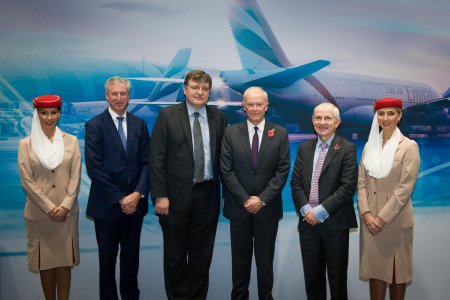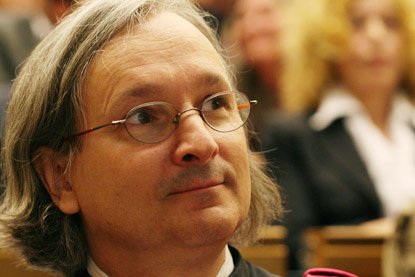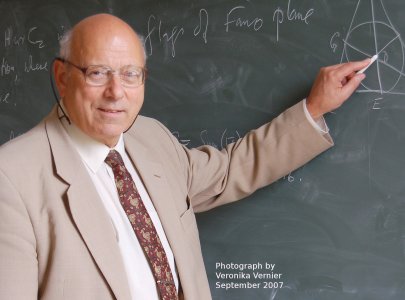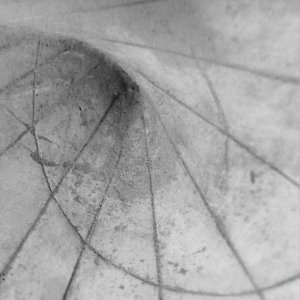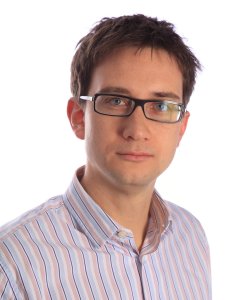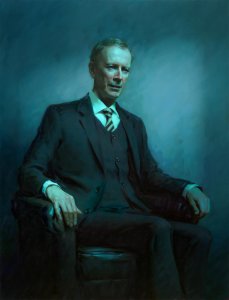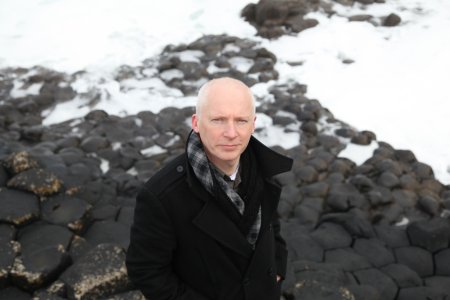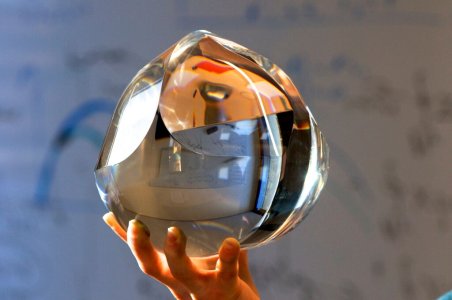Oxford-Emirates Data Science Lab will streamline air travel
Oxford University has today opened a new Data Science Lab in collaboration with Emirates. It will see experts from around the University use cutting-edge analysis to help the airline make its services more efficient and customer-focussed.
The new Lab will bring together researchers from at least five departments within the University, including the Mathematical Institute, the Oxford Internet Institute and the Departments of Engineering Science, Computer Science and Statistics. Joined by visiting Fellows from Emirates, the academics will work with the airline’s ever-growing datasets to help it understand its processes and customer preferences in greater detail. In turn, it will create new products and services, better suited to the needs of its passengers.
"In recent years, airlines have gained access to much more data than they had in the past — from the price of tickets they sell online to the music preferences of frequent flyers,” explains Peter Grindrod CBE, Professor of Mathematics at the University’s Mathematical Institute and Director of the new Lab. “In other sectors, we’ve already seen that businesses which become data-rich assume a more customer-focussed approach and now it’s the turn of the airlines. We’ll help Emirates fuse together data and analyse it in the right way, so they can create new services and operational advantages.”
The University will provide Emirates with a wide-ranging pool of expertise in the form of mathematicians, scientists, engineers and social scientists. Emirates will provide industry expertise and the data itself — including information from its Skywards loyalty program. “At Oxford we have experts in all kinds of relevant areas — from optimisation and machine learning, to behavioural analytics and ethics,” continues Professor Grindrod.
In particular, researchers from the Mathematical Institute will investigate how to apply optimisation techniques to the Emirates data, and a team from Engineering Science will develop machine learning techniques that allow complex data sets to be interrogated quickly and efficiently. Meanwhile, social scientists from the Oxford Internet Institute will use behavioural analytics to understand the human aspects of the data. “It’s an exciting time for data science, with rapid advances in the techniques we use being applied to real problems that will have an impact on people’s lives,” adds Grindrod.
The new Lab — which was formally opened today by the President of Emirates, Sir Tim Clark, and Professor Grindrod — will be situated within the Mathematical Institute and form part of the Oxford Centre for Information. The partnership will last for five years.
Speaking at the Lab’s official launch at the University, Sir Tim Clark said: “In the age of the digital economy, we have witnessed first-hand how technology-based innovation can transform brands and disrupt entire industries by placing the customer at the heart of the business. The Oxford-Emirates Data Science Lab will provide us with a best-in-class dedicated team who can test and develop new business solutions using big data and real-time analytics, helping to the transform the Group into a customer-centric, travel experience company


